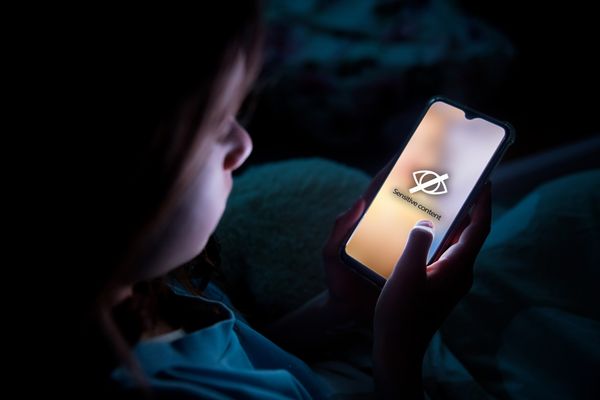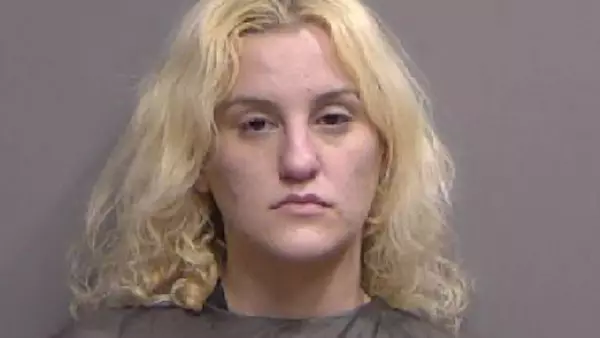Bengaluru is a shapeshifter. Over its 400-odd years of modern history, it has been able to thread many stories. Under its founder Kempe Gowda I, it wore the moniker of ‘Gandu Bhoomi’ or ‘Land of Heroes’. Since then, it has been christened as Pensioners’ Paradise, Garden City, Pub City, Science City, India’s Silicon Valley, Beantown, Craft Beer Capital, StartUp City, Makers’ City — the list could go on.
Within all of this branding machinery, it has had elbow room for art and culture to make its presence felt. The city is home to Nrityagram, a modern gurukul focussed on Odissi, to spaces such as Ranga Shankara with a play performed every day, second-hand book stores that are more happening than most of the city’s clubs. It has also been an incubator for alternative, autonomous, contemporary art movements and moments. However a lot more is happening in its bylanes and inside studios that aren’t making it to mainstream notice.
While there have been a few forays into streamlining the many silos of artistic practitioners, makers and organisations under a single banner — such as Bangalore Habba, which ran between 2002-2014, organised by politician Nandini Alva and classical dancer Padmini Ravi — most have been single-organisation driven events, heavily dependent on state sponsorship and patronage, and focussed on programming big names alone. But recently the city is witnessing a strong movement geared towards democratising the access to art and culture. It is aimed at making niche art and cultural experiences previously available to only those in the know, accessible to all.
One of the newest platforms attempting this mammoth task is Unboxing BLR Habba 2023 (UBH). Running over 11 days this month, it brings together 55 cultural organisations and is hosting 400 events at 50 locations across the city. There are film and literature festivals, book readings, food and heritage walks, cultural performances and more. While each of these cultural organisations has its own programming, presenting them together has generated visible buzz. It signals that Bengaluru has thrown its doors open and everyone’s invited to the show.
“The need of the hour is to expose and expand audiences for the arts, be it performing or visual arts. In addition to this we need public spaces where informed conversations can happen and audiences decide on what views resonate for them. The way forward is to enable a sustainable free to attend model if this is to be achieved. ”V. RavichandarHonorary director, Bangalore International Centre
Bringing things closer home
“These kinds of large, city-wide platforms remind people of the city’s active calendar of events,” says artist Abishek Ganesh Jayashree of Kaimurai, one of the participants of ‘The Makers’ Trail’, an event organised by Architectural Digest India’s founding editor Manju Sara Rajan as part of UBH. Inspired by Mumbai’s Art Night Thursdays (where galleries in the Colaba area extend their closing time, encouraging people to walk and explore the nearby art hubs), the debut trail of 14 makers — furniture makers, painters, lighting designers and more — invites the public to have personal interactions with them and their process.
“The intention was to bring all of the makers under one platform, and facilitate the public having a window into the making of these beautiful objects,” she says, adding that the offering is part of the city’s attempts to open up its art and culture spaces to all.
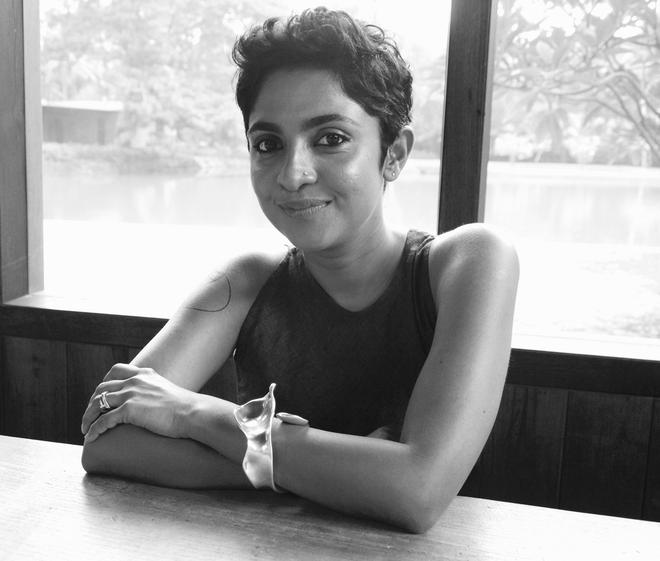
Our time at the Kaimurai studio allowed us to smell the indigo dye, to hold and run our figures across organic bronze sculptures, and understand the tactility, time and technique that goes into each of his works. The positive public response to the studio tour has already got Rajan thinking “of including many more of the city’s practitioners in the next edition”.
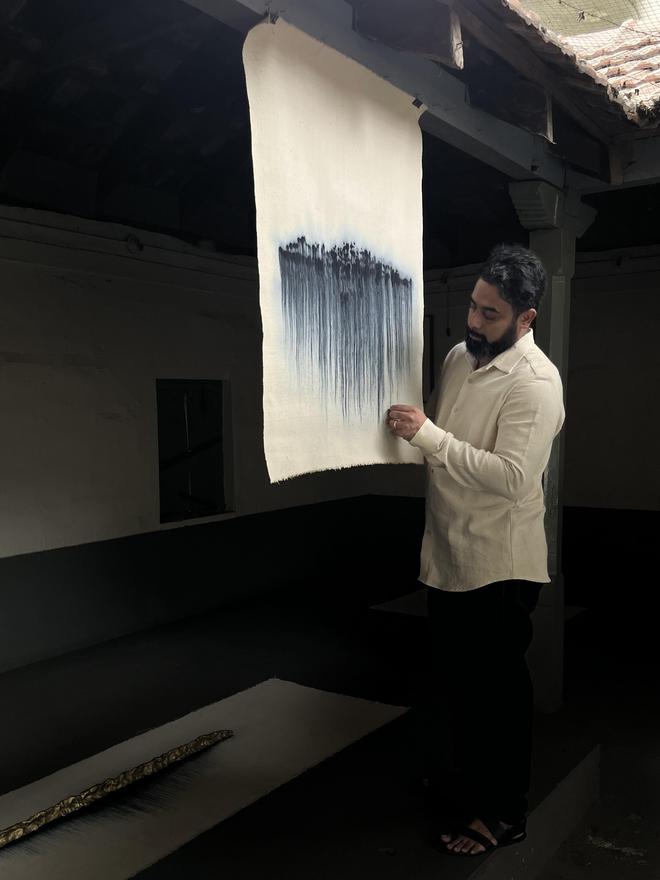
With this packaged approach to programming, Bengaluru’s already-existing infrastructure and institutions are being platformed.
Colouring outside the lines
There have been a few attempts in the past to bridge the gap between practitioners and the public, but it’s been small and not often sustained. The Bengaluru Artist Residency One (BAR1), started in 2001 by city-based artists Ayisha Abraham, Smitha Cariappa, Suresh Kumar, Surekha Sharada, and Christoph Storz, was one of the earliest initiatives that sought to do this — through artist residencies and exchange programmes. Then there’s 1.ShanthiRoad Studio/Gallery, which, since 2003 (to celebrate 20 years of visual artist and art historian Suresh Jayaram) has welcomed local artists to practise and present work in his private home.
‘Samuha’ was another early example, an artist initiative in 2009 started by Bengaluru artists Suresh Kumar, Archana Prasad and Shivaprasad S, which ran for 414 days. It was conceptualised as a fixed, short-term solution to the problem of lack of physical spaces to showcase art. It ran with an innovative financial model, where each of its collective members paid a fixed rate, which allowed them ownership of the shared space for a fixed number of days. The artists were free to do as they pleased within the space at the time of their “ownership”.
But the trouble with being a city that’s responding and reacting rather than recording has meant these histories aren’t well-documented in public archives and live on only in private anecdotes. “There can never be a comparison of times because each time is its own time. Presently, people might have no idea of these art happenings because there was little or no documentation,” says Kirtana Kumar, a city-based actor, theatre-maker and filmmaker, and author of Bangalore Blues.
She will be setting the record straight on the history of music, such as the late Sunbeam Motha’s Music Strip, a weekly concert series that happened in Cubbon Park during the 80s, with her talk ‘Sunbeam Motha to Moonbeam Maya’ at the Unboxing BLR.
Building engagement
Bengaluru’s new institutions — the Bangalore International Centre (BIC), Museum of Art & Photography (MAP) and Science Gallery Bengaluru (SGB) — are keenly aware of the city’s fostering attitude to culture. It has, in fact, acutely influenced the tone of interaction between them and people. “Bengaluru has a history of putting together shows at homes, of artists hosting opening their studios, and of interactive sessions. And while we are an institutionalised museum, we borrow a little bit of this informality from the city’s cultural scene,” says Arnika Ahldag, the head of exhibitions at the now year-old MAP. “While museums are usually viewed as quiet spaces with people spending time on their own, I enjoy seeing visitors to our museum talk to each other, describe things to one another inside the galleries. It’s like they bring a part of themselves to the museum.”
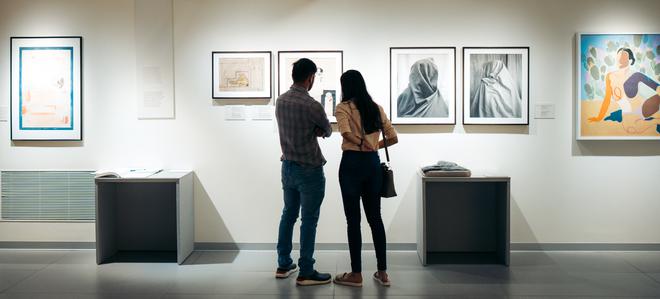
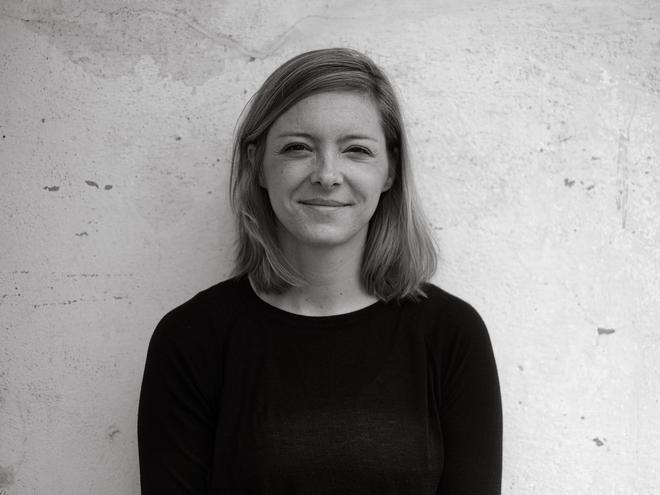
She has also noticed that their workshops are consistently packed. “People want to be immersed in creativity. They want to make something, do something — and so our collage, zine, mask-making workshops are well-attended,” says Ahldag, speaking to one of the many ways the museum connects with the city.
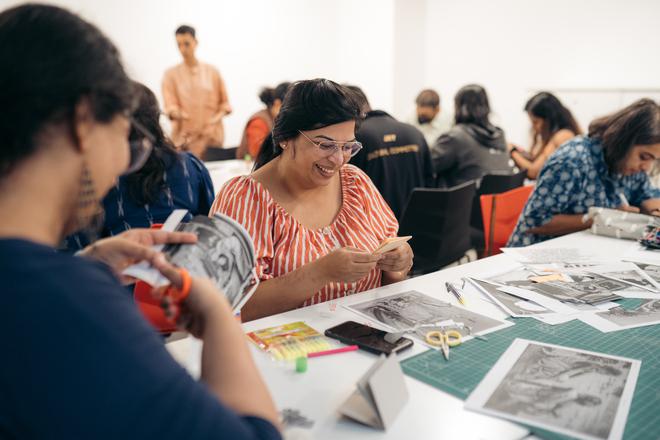
This idea of an open, community-led space for engagement is also an integral part of the philosophy and premises of the SGB, which will open to the public in the new year. “If a group of young people want to come together and make an electric guitar, talk about the lakes, read or write science fiction together, or any programmes that are citizen-led, we’d like to be a nest for those initiatives,” says Jahnavi Phalkey, the founding director. “We’re here to create a two-way bridge between research and the public.”
City as cultural hub
The on-going alternative art-led initiatives in Bengaluru are a response to the lack of institutional support for local artists and makers, something the new institutions are determined to support. “We’re format-agnostic, we are determined to find the appropriate cultural form to deliver the message. We are open to learning if it is a masterclass, a tutorial, an exhibition, or whatever else that’s needed to help us pass on knowledge,” says Phalkey. “It’s important for knowledge, and culture, to belong to everyone.”
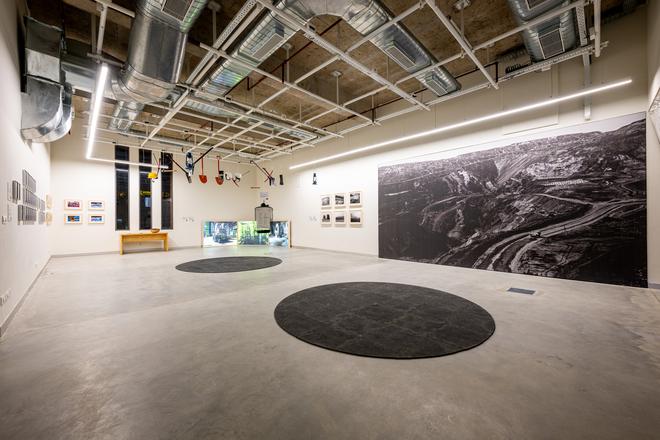
Meanwhile, in an attempt to democratise what gets shown at a museum, MAP has recently launched their Self-Led Initiative, which offers its infrastructure — two of its gallery spaces — to city-based artists, collectives and not-for-profit organisations to exhibit their work or curate programmes. “We see it as a way to open up the museum to people to showcase what they feel is relevant to them,” shares Ahldag.
As we enter a new year, the hope is that the dialogue between Bengaluru’s alternative collectives and mainstream institutions will continue to push each of these domains, to include more people in the transformative joy of art. It isn’t daily programming, workshops and exhibitions, it is also inviting citizens to feel ownership of their cultural spaces.
Five places to see rare collections and artists’ practices, by appointment.
Danny Mehra’s Carpet Collection: The former finance man has spent over three decades carefully putting together his enviable, exquisite carpet collection from along The Silk Route. Accompanied by his dogs, Luri and Tulu, named after indigenous carpet styles, Mehra will take you on a tour of his private home decked with carpets hanging from every wall, before he whisks you downstairs to another apartment with rooms stacked with carpets beginning from the early-19th century. It’s like browsing through a swatch of colours, textures and symbolism. And Mehra is always around with an interesting titbit on each one of them. Write to dannymehra@yahoo.com
Kaimurai: Artist Abishek Ganesh Jayashree’s Kaimurai is a practice born out of placing ritual over result. He works with elemental materials — indigo dye, unbleached khadi and paper, bronze and terracotta — out of a two-room, beautifully rustic Thotti Mane, or traditional Kannadiga house, at Bangalore Sante. Dipping into this studio, you might be able to experience the meditative manner behind his stark, striking works. Write to kaimuraimail@gmail.com
Rezwan Razack’s Museum of Indian Paper Money: The co-founder of the Prestige Group and managing director of Prestige Estates Projects started collecting Indian paper money after finding old notes in a safe at an ancestral home. The museum (No. 19, Brunton Road, off MG Road) offers a glimpse into the fascinating history of paper money in the country. You can see Reserve Bank of India notes with the portrait of King George VI, notes issued by the princely state of Hyderabad as well as Indian notes used in Burma and Pakistan. Write to contact@indianpapermoneymuseum.com
The Registry of Sarees: Founded by handloom enthusiast and perfumer Ahalya Matthan, this is a research and study centre, which is home to two collections of South Asian textiles. One can browse through swatch books of the most comprehensive study of khadi ever undertaken and another that traces textile traditions and tropes from this region. There’s also a reference library dedicated to the study of textiles, art, culture and design. Write to contact@theregistryofsarees.com
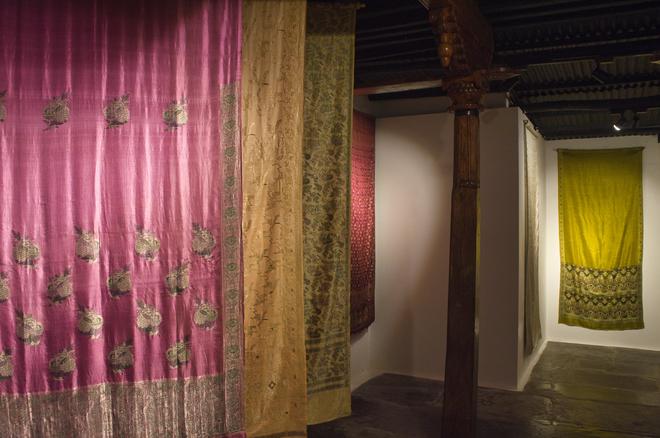
Tharangini: Started in 1977 by Lakshmi Srivathsa (who trained with artisans from Delhi’s Lalit Kala Akademi as a hobby), and presently run by her daughter Padmini Govind, this is the oldest and last remaining hand block printing studio in Bengaluru. It has one of the largest collections of wooden blocks with time-tested motifs, besides their own repertoire of dyes. One can sign up for a workshop or a tour. Write to tharangini.office@gmail.com
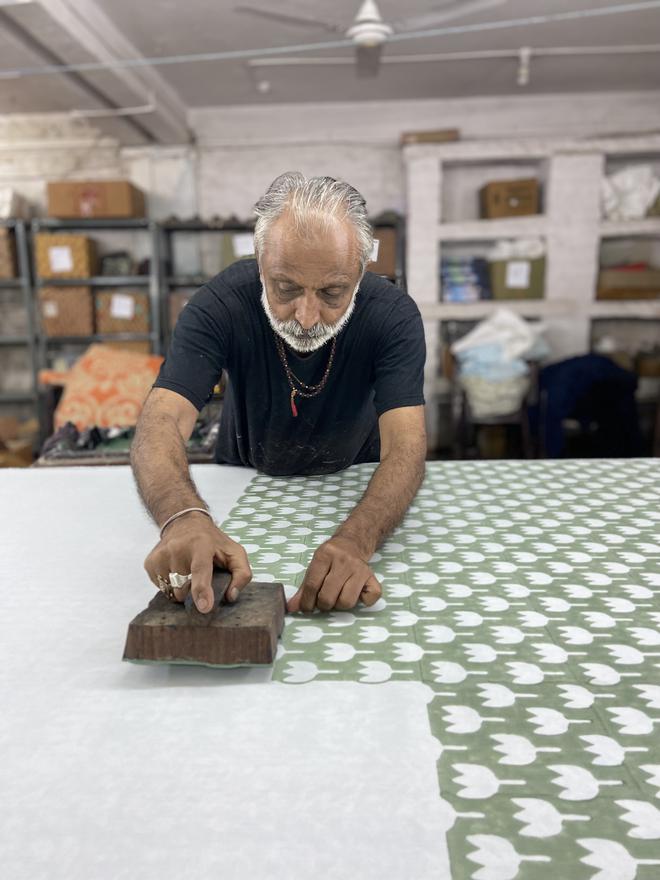
The author is Bengaluru-based poet and writer.




